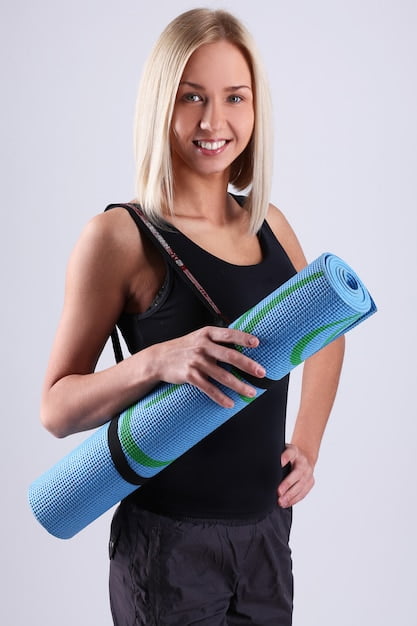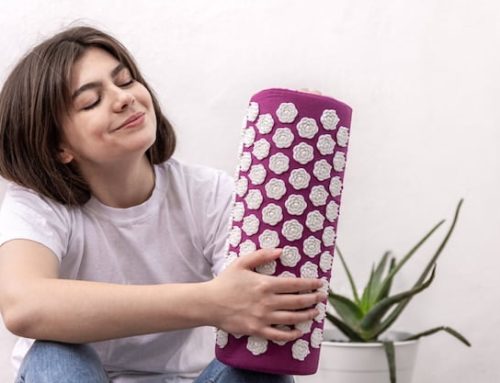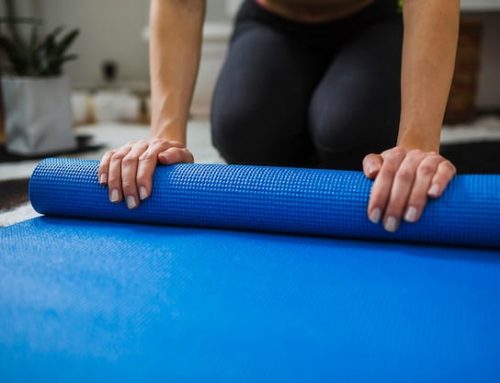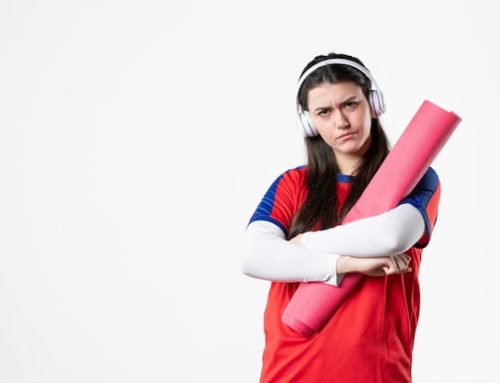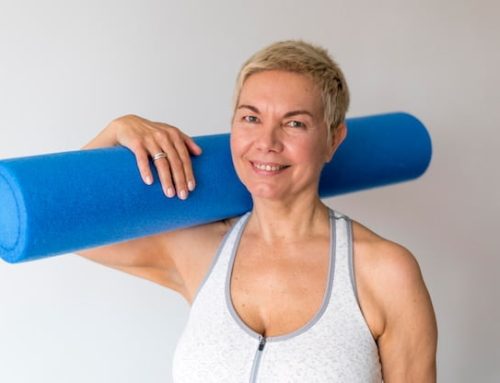Why do I feel sore after foam rolling?
Foam rolling is a popular form of self-myofascial release that can be used to alleviate muscle tension, improve flexibility and range of motion, and increase blood flow to certain areas of the body. While many people find foam rolling to be an effective and beneficial practice, it’s not uncommon to experience some soreness or discomfort after a session. In this article, we’ll explore some of the reasons why you might feel sore after foam rolling, and what you can do to minimize this discomfort.
The Science of Foam Rolling
Before we dive into why foam rolling can sometimes cause soreness, let’s briefly go over how it works. Foam rolling is a type of self-myofascial release, which is a technique that targets the fascia, a connective tissue that surrounds and supports muscles. When muscles become tight or overused, the fascia can become adhesed or stuck to the muscle, resulting in pain, stiffness, and reduced flexibility.
Foam rolling works by applying pressure to the muscle and fascia, which can help to break up adhesions and release tension. This can stimulate blood flow to the area and help to promote healing and recovery. However, because foam rolling can be quite intense, it’s not uncommon to experience some soreness or discomfort after a session.
The Causes of Soreness after Foam Rolling
There are a few different reasons why you might feel sore after foam rolling. Here are some of the most common causes:
- Overuse or excessive pressure: One of the most common causes of foam rolling soreness is applying too much pressure or overusing the roller. This can cause microtrauma to the muscle tissue, which can result in soreness and inflammation.
- Dehydration: Foam rolling can sometimes cause dehydration, especially if you’re not hydrating properly before and after your session. This can lead to sore muscles and general fatigue.
- Incorrect form: If you’re not using proper form when foam rolling, you may inadvertently be causing more harm than good. For example, if you’re rolling too quickly or not targeting the right areas, you could be exacerbating muscle tension and causing soreness.
How to Minimize Foam Rolling Soreness
If you’re experiencing soreness after foam rolling, there are a few things you can do to help minimize this discomfort. Here are some tips:
- Hydrate: Make sure you’re drinking plenty of water before and after your foam rolling session to help reduce the risk of dehydration.
- Start slow: Don’t jump right into an intense foam rolling session if you’re new to the practice. Start with a lighter roller and slower movements, gradually increasing the intensity as you become more comfortable.
- Use proper form: Make sure you’re using proper form when foam rolling. This means using slow, controlled movements, and targeting the right areas of your body. If you’re unsure of how to use a foam roller properly, consider working with a trainer or physical therapist to get some guidance.
- Take breaks: If you’re feeling sore or uncomfortable during your foam rolling session, take a break. Don’t push through the pain, as this can lead to further injury or soreness.
- Stretch: After your foam rolling session, take some time to stretch out the areas you targeted. This can help to minimize muscle soreness and promote recovery.
The Bottom Line
Foam rolling can be a highly effective tool for improving mobility, reducing muscle tension, and promoting recovery. However, it’s not uncommon to experience some soreness or discomfort after a session, especially if you’re new to the practice or using improper form. By using proper form, starting slow, hydrating, and taking breaks when necessary, you can help to minimize foam rolling soreness and enjoy all the benefits this practice has to offer. Remember, it’s always important to listen to your body, and don’t push yourself too hard or too fast. With patience and consistency, you can make foam rolling a valuable part of your self-care routine.
